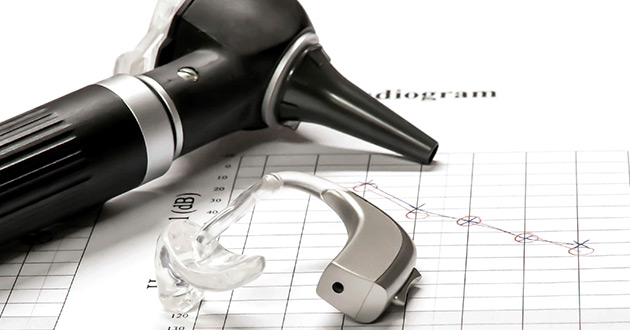hearing tests
In the UK 1 in 6 people suffer with some degrees of hearing loss – thats over 10 million people – however it can still be very daunting and to realise you might be struggling from a hearing loss and knowing that you might need a hearing test can be daunting.
Our qualified audiologist will be able to support and guide you through this, offering you the latest technology with the understanding of your needs and requirements.
Please feel free to call and arrange your consultation at St Josephs Hospital or one of our clinics.

What is a hearing test?
Hearing tests measure what sounds you can and can’t hear. Our qualified audiologist will mark your results on a graph called an audiogram. This will show how loud or quiet a sound needs to be before you can hear it and it’s known as your hearing threshold.
The hearing test results are used as a prescription to help us programme a hearing aid to your hearing loss.
We will measure the intensity of hearing loss in decibels (dB) and its frequency in hertz (Hz). This information helps us to understand the degree and type of hearing loss you may have. This is usually described as mild, moderate, severe or profound.
how is hearing tested?
There are many ways that you can test hearing, with different approaches used for children and adults. The simplest way to test hearing is by listening to a series of different beeps and whistles. These are called pure tones, and the softest sounds that you are able to hear are marked on your audiogram.
You can listen to these through headphones. This will measure how the sounds travel down the ear canal, through the middle ear and to the very delicate cochlea in the inner ear. Alternatively, a small vibrator can be placed behind the ear. This measures the sounds as they travel through the bones of the skull to the cochlea and hearing nerves, bypassing the middle ear.
are there any other ways to test hearing?
Our audiologist may also perform a bone conduction test, this test the cochlear this is placed on the mastoid bone behind the pinna or a tympanometry test this measures how well the middle ear system is working, including the movement of your eardrum. A small amount of air is pumped into the outer ear canal. This shows whether there are any blockages that may be causing your hearing loss.
If you’d like to know more about hearing tests, we’ll be more than happy to answer all of your questions.

hearing aids
It’s vital that you find the right hearing aid for the way you live your life.
We’ll help you figure out which will meet your needs best.
see our range of hearing aidshearing loss
Hearing impairments affect millions of people in many different ways.
We’re here to find the solution that’s right for you.
find out about hearing lossSupport & aftercare
It can take time to get used to a new hearing aid, that’s why we offer help, support and advice to ensure that you’re getting the most from it.
find out about our aftercare service
